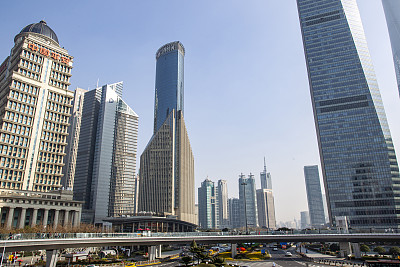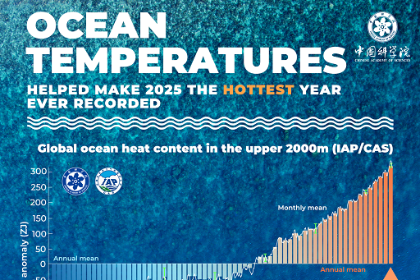New growth pole to coordinate regional growth


Since the 18th National Congress of the Communist Party of China in November 2012, China's economy has entered a new normal, which comprises several characteristics including transition of the old and new driving forces, industrial upgrading, regional planning enhancement, and pollution prevention and control.
But since urban diseases such as traffic jams, air pollution and high housing prices continue to plague major cities including Beijing and Shanghai, the authorities have worked out new regional development policies that include Beijing shifting its non-capital functions to Xiongan New Area, about 100 kilometers southwest of Beijing, and promoting the Beijing-Tianjin-Hebei integration plan and coordinated development strategy.
These policies require population and labor transfer. Official data show last year Beijing's permanent resident population reduced by 165,000 over 2017. In particular, Beijing's working-age population (from 15 to 59 years old) fell more than 200,000 in 2018. Although last year saw the second decline in Beijing's population, the rate of decline was sharper than in 2017.
It would be ideal if the people who shift from major cities are absorbed by other regions. If they are not, it will create new problems in society, which the authorities should take preventive measures to deal with.
The report to the 19th National Congress of the CPC in October 2017 says the regional coordinated development strategy and rural rejuvenation strategy are aimed at solving the problem of unbalanced and inadequate development in China.
Besides geographical factors, the main reason for the economic difference between less-developed central and western regions of China and the developed eastern region is the business environment. The business environment supports economic activities including production, operation and development, and it includes the rule of law, market supervision, intellectual property rights protection, government services, innovation environment, cultural orientation, as well as investment and financing convenience.
A good business environment reflects a country's or region's economic soft power, which is a vital part of comprehensive competitiveness. To expedite economic development in less-developed regions therefore we should give top priority to improving the business environment.
Take the Beijing-Tianjin-Hebei region as an example. The coordinated development strategy for the region is one of China's three major regional development strategies. The region is home to the central government and two municipalities, but also has big development gaps within the region. And it suffers from serious pollution.
Also, since Beijing suffers from many urban diseases, it has to transfer its non-capital functions to another place (Xiongan New Area). As for Tianjin, it is not only short on economic vitality but also faces problems related to economic transition and reindustrialization of Binhai New District. And the economic development of Hebei, which suffers from serious industrial pollution, lags far behind that of the eastern region.
The planning outline for Beijing-Tianjin-Hebei integration advances the region's coordinated development with special focus on shifting Beijing's non-capital functions to Xiongan New Area. And the planning outline for Xiongan says the new area's development should be aimed at absorbing the non-capital functions of Beijing.
The document issued by the State Council, China's Cabinet, on building a more effective new regional coordinated development mechanism says that regional cooperation mechanism should be deepened and cooperation and development of provincial border areas enhanced.
Hebei has a huge population, but its urbanization rate has been lower than the national average for a long time. As such, the development of Xiongan New Area will facilitate Hebei's economic transition and development, but it can hardly boost economic development in Hebei's southern and northeast part.
The mid-south region of Hebei province is densely populated but relatively less developed with a low urbanization rate. So the central government should provide special funds and favorable policies to support this region's development. And the Hebei authorities should improve the business environment in the province, accelerate infrastructure construction and make government services more efficient, in order to build a new growth pole in the Beijing-Tianjin-Hebei region.
The authorities should also issue favorable policies to attract talents and organize skill training programs, so as to draw more people to the new growth pole and boost employment. In addition, the ecological environment should be strictly protected through environmental management and pollution control.
The author is a researcher at the Institute of Industrial Economics, Chinese Academy of Social Sciences.

































